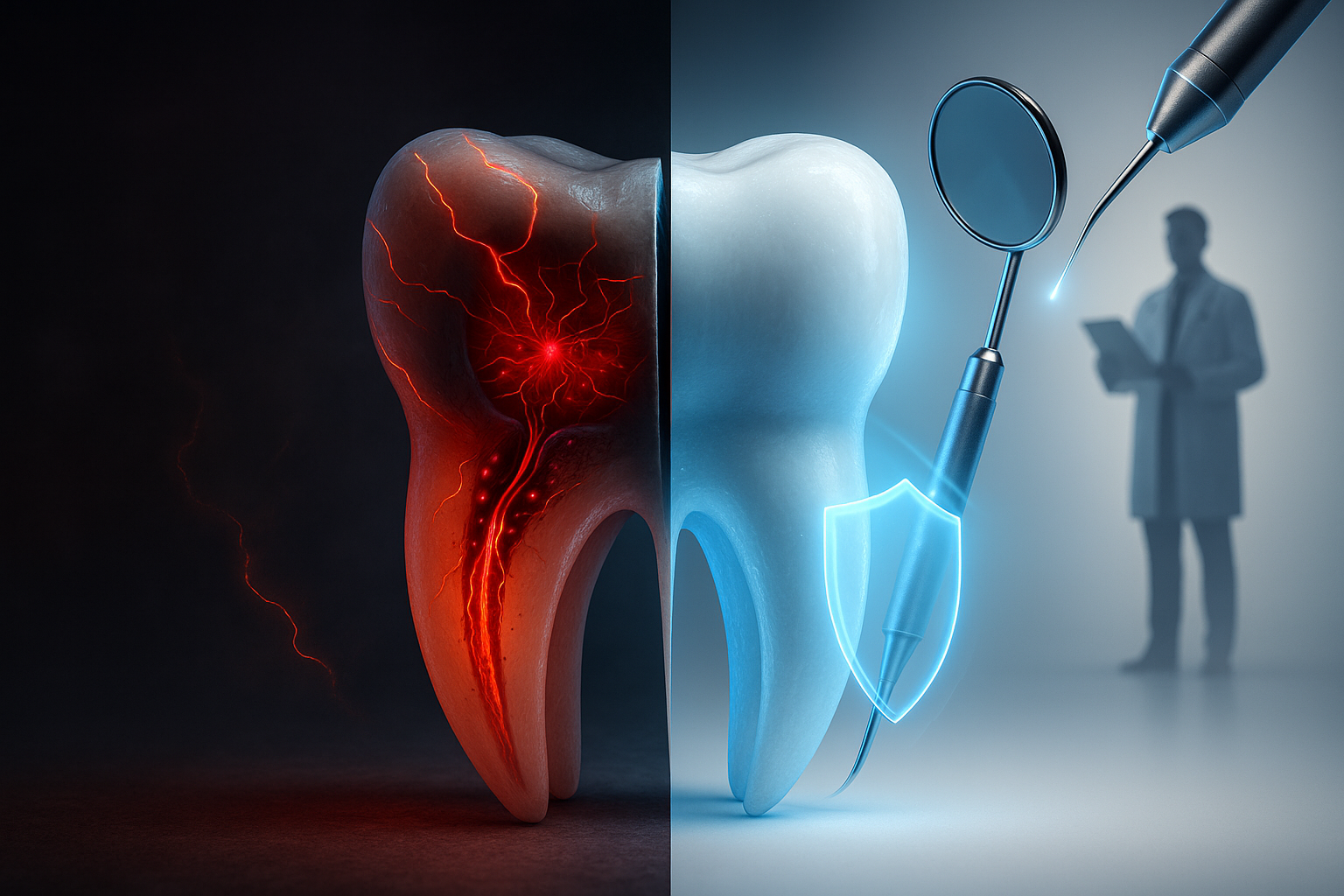
Why Is My Hot Water Cloudy? Causes, Solutions, and Expert Advice

Have you ever turned on your hot water tap only to be greeted by a glass of cloudy, milky-looking water? It's a common household mystery that leaves many people wondering: is this safe to use? Is my plumbing failing? Do I need expensive repairs? If you've been puzzled by this phenomenon, you're not alone. Cloudy hot water is actually a widespread issue with several possible causes—and most of them are completely harmless.
In this comprehensive guide, we'll explore why your hot water appears cloudy, how to determine the exact cause, and what (if anything) you need to do about it. Whether you're dealing with this issue for the first time or it's been bothering you for a while, you'll find clear answers and practical solutions here.
The Science Behind Cloudy Hot Water: What's Really Happening?
When you turn on your hot water tap and see cloudy water flowing out, what you're most likely witnessing is a completely natural phenomenon. In the vast majority of cases, that milky appearance is simply caused by tiny air bubbles trapped in the water.
Air Bubbles: The Most Common Culprit
The primary reason your hot water looks cloudy is the presence of dissolved air in the water. Here's what happens:
- Cold water naturally contains dissolved air
- When water is heated in your water heater, its ability to hold dissolved air decreases
- As the hot water travels through your pipes and exits your faucet, the pressure drops
- This pressure change causes the dissolved air to form tiny bubbles, creating that cloudy appearance
Dr. Joan Rose, a water quality expert at Michigan State University, explains:
"When water is heated, the solubility of air in water decreases, causing air bubbles to form. This is similar to what happens when you open a carbonated beverage—the pressure change releases the dissolved gas."
You can easily test if air bubbles are causing your cloudy water with a simple experiment: Fill a clear glass with the cloudy hot water and watch what happens. If the water gradually clears from the bottom up as the bubbles rise to the surface, you're dealing with trapped air—a completely harmless situation that requires no intervention.
Other Causes of Cloudy Hot Water
While air bubbles are the most common explanation, several other factors can contribute to cloudy hot water:
Hard Water and Mineral Content
If you live in an area with hard water (water with high mineral content), the cloudiness might be caused by dissolved minerals like calcium and magnesium. When water is heated, these minerals can precipitate out of solution, creating a cloudy appearance.
According to the Water Quality Association, approximately 85% of American homes have hard water to some degree. These minerals aren't harmful to your health, but they can cause other issues like scale buildup in pipes and appliances.
Sediment Buildup in Your Water Heater
Over time, sediment can accumulate at the bottom of your water heater tank. This is especially common in areas with hard water. When the sediment is disturbed—perhaps when there's high water usage—it can mix with your hot water and create cloudiness.
Also Read: Why is my Smoke Detector Beeping?
Water Pressure Issues
High water pressure can increase the amount of dissolved air in your water supply. When this high-pressure water is released through your faucet, the sudden pressure drop can cause more pronounced cloudiness due to air bubble formation.
Recent Plumbing Work
Have you recently had plumbing work done in your home? Air can be introduced into your water lines during repairs or maintenance, leading to temporarily cloudy water until the air works its way out of your system.
Is Cloudy Hot Water Safe?
The good news is that in most cases, cloudy hot water is completely safe. If the cloudiness is caused by air bubbles or dissolved minerals, there's no health risk associated with using or consuming the water.
However, if your water has suddenly become cloudy and is accompanied by unusual odors, colors, or tastes, it could indicate a more serious issue that warrants investigation.
Environmental engineer Dr. Emily Parker notes:
"While cloudy water due to air bubbles or minerals is generally harmless, any sudden change in your water quality should be monitored. If cloudiness persists for more than a few days or is accompanied by other changes, it's worth investigating further."
How to Fix Cloudy Hot Water: Practical Solutions
Now that you understand the potential causes, let's explore solutions for each scenario:
For Air Bubbles
If your cloudy water is caused by trapped air (which you can confirm using the glass test described earlier), you generally don't need to do anything. The condition is harmless and often temporary.
However, if the cloudiness bothers you or seems excessive, you might consider:
- Checking your water pressure: If it's too high, installing a pressure-reducing valve can help
- Allowing faucets to run briefly: This can help clear air from the lines
- Checking for proper venting: Ensure your plumbing system is properly vented
For Hard Water Issues
If mineral content is causing your cloudy water, consider:
- Installing a water softener: This will reduce the mineral content in your water
- Regular maintenance of existing water softeners: Ensure they're working properly
- Using descaling products: These can help reduce mineral buildup in pipes and appliances
For Sediment Buildup
To address sediment in your water heater:
- Flush your water heater regularly: Experts recommend doing this at least once a year
- Install a sediment filter: This can help prevent particles from entering your water heater
- Consider a tankless water heater: These units don't store water, reducing sediment buildup
Plumbing expert Michael Rodriguez recommends:
"Regular maintenance of your water heater is crucial for preventing sediment-related issues. Flushing your tank annually can significantly extend its lifespan and improve water quality."
Step-by-Step Guide to Flushing Your Water Heater
If sediment buildup is causing your cloudy hot water, flushing your water heater can help. Here's how to do it safely:
- Turn off the power: For electric heaters, switch off the circuit breaker. For gas heaters, set the gas valve to "pilot"
- Turn off the cold water supply: Close the valve on the cold water line leading to your heater
- Connect a garden hose: Attach it to the drain valve at the bottom of the tank
- Place the other end of the hose: Position it in a drain or outside where hot water won't cause damage
- Open a hot water faucet: This allows air into the system and helps the tank drain properly
- Open the drain valve: Allow the tank to empty completely
- Flush the tank: Turn on the cold water supply briefly to stir up remaining sediment
- Repeat until clear: Continue draining and flushing until the water runs clear
- Close the drain valve: Remove the hose and close the valve
- Refill the tank: Turn on the cold water supply and let the tank fill
- Restore power: Turn the electricity or gas back on
When to Call a Professional
While many cloudy water issues can be resolved with DIY solutions, some situations warrant professional attention:
- If cloudiness persists after trying the solutions above
- If you notice unusual odors, colors, or tastes along with cloudiness
- If you're uncomfortable performing maintenance on your water heater
- If you suspect issues with your plumbing system's pressure or venting
Licensed plumber Sarah Johnson advises:
"Don't hesitate to call a professional if you're uncertain about the cause of your water issues. What seems like a simple problem could sometimes indicate more serious plumbing concerns that require expert diagnosis."
Preventing Cloudy Hot Water: Maintenance Tips
Prevention is always better than cure. Here are some maintenance practices to help prevent cloudy hot water:
- Schedule regular water heater maintenance: Annual check-ups can prevent many issues
- Monitor water pressure: Keep it within the recommended range (typically 40-60 psi)
- Install appropriate filters: Based on your specific water quality issues
- Consider water treatment systems: For persistent mineral or sediment problems
- Keep an eye on water quality: Address changes promptly before they become major issues
Understanding Your Local Water Supply
Your local water supply can significantly impact water quality in your home. Different regions have varying levels of minerals and treatment processes that can affect your hot water.
You can request a water quality report from your local utility company to better understand what's in your water. These reports, sometimes called Consumer Confidence Reports, provide detailed information about contaminants, hardness, and other characteristics of your water supply.
FAQ: Cloudy Hot Water
Is cloudy hot water safe to drink?
In most cases, yes. If the cloudiness is caused by air bubbles or minerals, the water is generally safe to consume. However, if the cloudiness is accompanied by unusual odors, colors, or tastes, you should have your water tested.
Why is only my hot water cloudy, but not my cold water?
Hot water can hold less dissolved air than cold water. When water is heated, the dissolved air forms bubbles, creating cloudiness. Cold water typically retains its dissolved air, remaining clear.
How long should I let my faucet run if I have cloudy water?
If the cloudiness is due to air in the lines, running the water for 1-2 minutes is usually sufficient to clear it. For persistent cloudiness, the issue may require further investigation.
Can cloudy water damage my plumbing fixtures?
Cloudy water caused by air bubbles won't damage your fixtures. However, if the cloudiness is due to hard water minerals, long-term exposure can lead to scale buildup and potentially shorten the lifespan of appliances and fixtures.
Does a water softener help with cloudy water?
If your cloudy water is caused by hard water minerals, a water softener can help by removing calcium and magnesium from your water supply. However, it won't address cloudiness caused by air bubbles or other factors.
How often should I flush my water heater?
Most manufacturers recommend flushing your water heater annually. However, if you live in an area with particularly hard water, you might benefit from doing it more frequently, perhaps every six months.
Conclusion
Cloudy hot water is typically a harmless phenomenon caused by trapped air bubbles, mineral content, or sediment buildup. In most cases, it doesn't indicate a serious problem with your plumbing or water quality.
By understanding the causes and implementing the appropriate solutions—whether that's simply waiting for air bubbles to dissipate, installing a water softener, or regularly maintaining your water heater—you can enjoy clear hot water and extend the life of your plumbing system.
Remember that sudden changes in water quality should always be monitored, and when in doubt, consulting with a professional plumber or water quality expert is the safest approach. With proper maintenance and attention, you can ensure that your home's hot water remains clear, clean, and ready for use whenever you need it.
Reviewed on May 24, 2025 by George Wright


